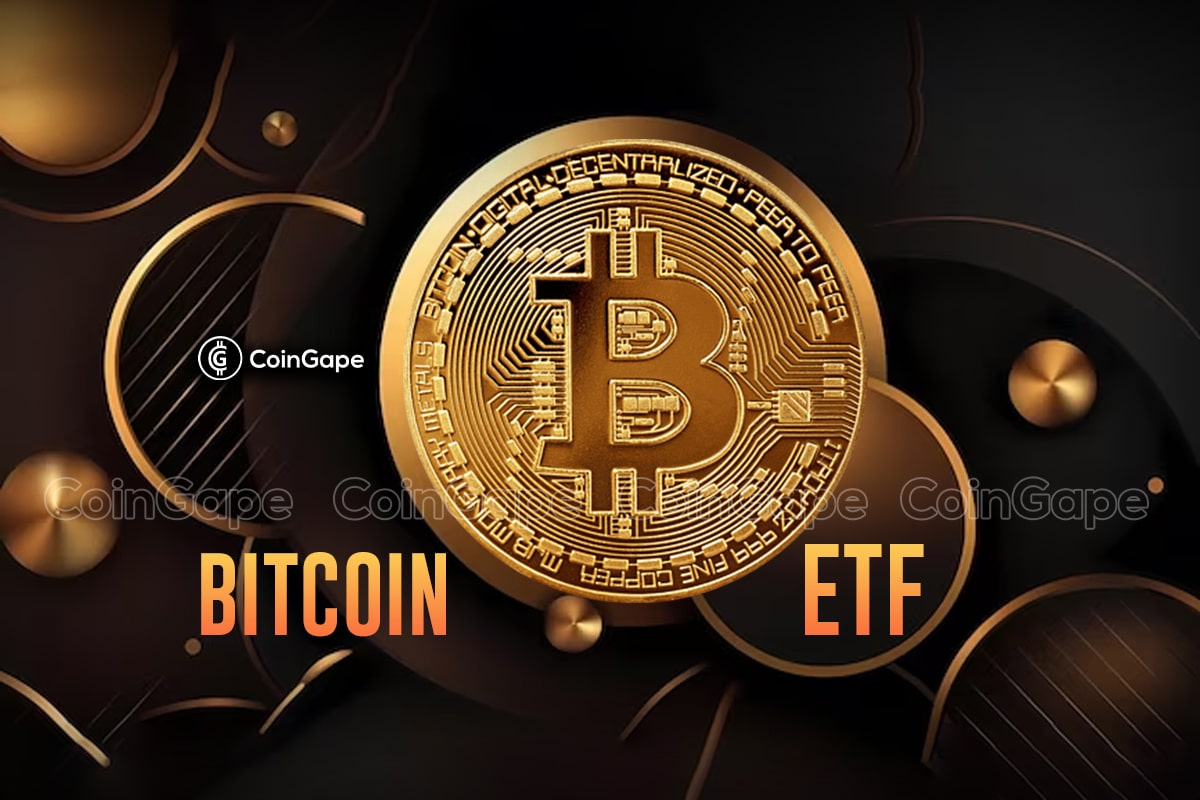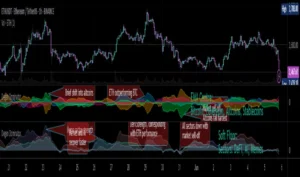Over the past decade, Bitcoin has evolved from a misunderstood digital experiment to a global financial asset with billions in daily trading volume. Yet, one of the most transformative developments in its recent history isn’t a technological upgrade or regulatory breakthrough—it’s the emergence of Bitcoin exchange-traded funds (ETFs). These financial instruments promise to usher Bitcoin into the portfolios of everyday investors, retirement funds, and Wall Street powerhouses alike.
But as Bitcoin ETFs rise in popularity, so too do concerns: Are they democratizing access or distorting the market?
What Is a Bitcoin ETF, and Why Does It Matter?
A Bitcoin ETF is a regulated investment fund that tracks the price of Bitcoin, allowing investors to gain exposure to the cryptocurrency without directly owning or managing it. Instead of handling wallets, private keys, or navigating volatile crypto exchanges, investors can buy shares in an ETF just like they would with Apple or Tesla stock.
The promise is simple yet powerful: greater accessibility, institutional validation, and smoother integration with traditional finance.
There are two primary types of Bitcoin ETFs:
- Spot Bitcoin ETFs – These invest directly in Bitcoin, tracking its real-time market price.
- Futures-based Bitcoin ETFs – These track Bitcoin futures contracts rather than actual BTC holdings.
Both offer a bridge between crypto and conventional finance, but each comes with its own set of advantages and risks.
Mainstream Momentum: How ETFs Are Driving Adoption
1. Institutional Legitimacy
When heavyweight asset managers like BlackRock, Fidelity, and Ark Invest entered the Bitcoin ETF race, they weren’t just chasing profits—they were offering validation. Wall Street’s growing involvement has given institutional investors confidence in Bitcoin as an asset class.
In January 2025, after years of rejections, the U.S. Securities and Exchange Commission (SEC) approved a slate of spot Bitcoin ETFs. Within days, trading volumes surged, and inflows surpassed billions of dollars. Retail and institutional investors, once cautious or sidelined due to technical or regulatory concerns, finally had a “safe” and familiar way to get involved.
2. Regulatory Clarity
ETFs are tightly regulated under securities laws, and their approval provides clearer guidance on how Bitcoin fits into financial frameworks. With the SEC’s nod, Bitcoin gained a new level of credibility among financial advisors, pension funds, and compliance officers. In other words: if it’s good enough for Wall Street’s rulebook, it’s good enough for clients.
3. Market Accessibility
Previously, investing in Bitcoin required navigating unfamiliar platforms, handling custody, and accepting the risk of losing private keys. Now, ETFs make Bitcoin as easy to access as an S&P 500 index fund—accessible via major brokerages like Charles Schwab, Vanguard, and Robinhood.
Cracks in the Mirror: Risks and Concerns of Bitcoin ETFs
While Bitcoin ETFs have accelerated adoption, critics warn that they may compromise the original ethos of cryptocurrency—decentralization, transparency, and independence.
1. Custodial Concentration
Most Bitcoin ETFs rely on centralized custodians like Coinbase or Gemini to hold massive amounts of BTC. This creates centralized points of failure—the very thing Bitcoin was designed to eliminate. If a custodian is compromised, it could shake the entire ETF ecosystem.
Furthermore, some worry about the long-term risks of centralizing power over Bitcoin’s supply. What happens when the largest holders of Bitcoin are institutional custodians, not individual users?
2. Price Manipulation and Derivative Distortion
Bitcoin’s volatility is no secret, but the introduction of ETFs—especially futures-based ones—has introduced new forms of speculative manipulation. Futures contracts can create a gap between Bitcoin’s actual market price and the price investors see on the ETF, potentially distorting the true value.
Worse, there’s growing concern that large institutions may use ETFs as a tool to manipulate prices through coordinated futures strategies, a practice already under scrutiny in other markets.
3. Diminishing Self-Custody
ETFs remove the need for users to interact directly with the Bitcoin network. While that may improve usability, it may also weaken the broader Bitcoin ecosystem by reducing incentives to use wallets, support nodes, or understand on-chain governance.
This creates a two-tier system:
- One where institutions control the bulk of Bitcoin in custodial ETFs.
- And another where individual users, the original lifeblood of the network, are increasingly sidelined.
The Big Question: ETF or Not, What Does This Mean for Bitcoin’s Future?
Bitcoin ETFs represent a double-edged sword. On one hand, they are undeniable milestones in Bitcoin’s maturation. On the other, they pose philosophical and structural challenges to the crypto community.
So, are they fueling mainstream momentum or opening the door to market manipulation?
✔️ They’re Doing Both.
- Momentum: ETFs bring credibility, liquidity, and adoption. They help Bitcoin shed its “fringe asset” image and become part of global investment portfolios.
- Manipulation Risk: As ETFs grow in size and influence, so do their ability to shift market dynamics—especially in the hands of powerful institutions.
Vietnam’s Angle: Regional Relevance in a Global Trend
Interestingly, Vietnam—one of the world’s most active crypto markets—is watching these developments closely. While no domestic Bitcoin ETFs exist yet, Vietnamese investors are increasingly accessing international ETF products, particularly through overseas exchanges.
As Vietnam develops its own crypto regulatory framework, the success and pitfalls of Bitcoin ETFs in the U.S. and Europe may shape local policy decisions. Could we see a Vietnam-based Bitcoin ETF in the near future? It’s not out of the question.
Final Thoughts: Not the Endgame, But a New Chapter
Bitcoin ETFs are not the final form of crypto integration—they’re merely a bridge. Whether that bridge leads to greater decentralization or a Wall Street-led reconstruction of the crypto economy remains to be seen.
As with everything in the crypto space, vigilance is key. ETFs are tools, not ideologies. They can either empower or enclose. The challenge for the Bitcoin community is to ensure that, in our pursuit of adoption, we don’t sacrifice the values that made Bitcoin revolutionary in the first place.
Because if we’re not careful, the asset born out of decentralization could be tamed by the very systems it was meant to disrupt.









